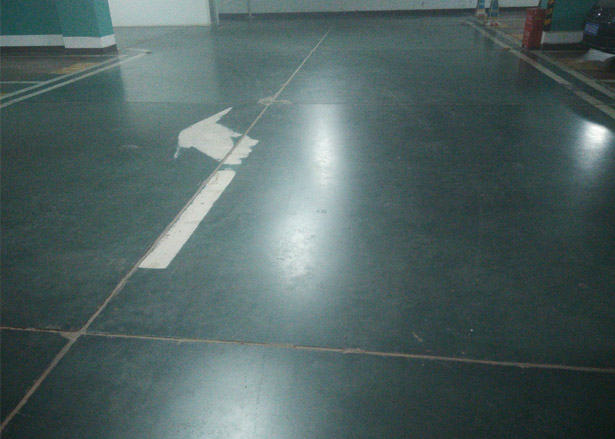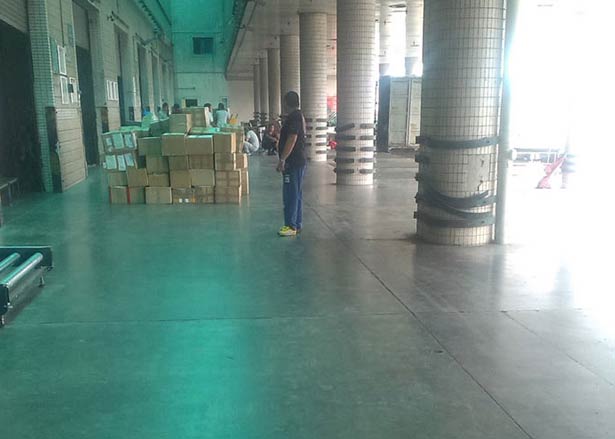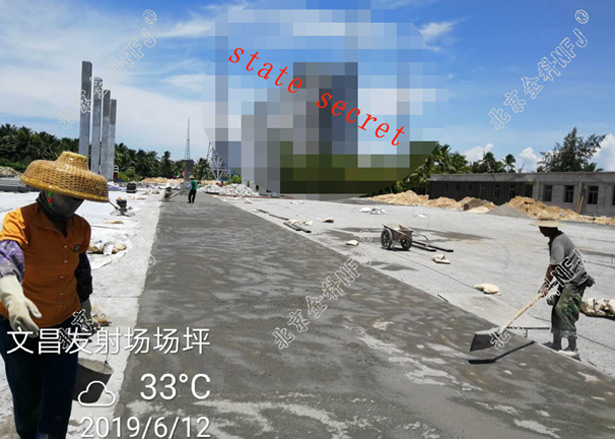High-strength stainless foam fiber represents a significant advancement in materials science, merging the advantageous properties of stainless steel with the lightweight, high-performance characteristics of foam structures. This innovative material is engineered through a specialized manufacturing process that maintains the inherent strength and corrosion resistance of stainless steel while enhancing its properties through the incorporation of a porous foam matrix. This unique combination results in a product that is not only lightweight and strong but also offers excellent thermal and acoustic insulation.
The design of high-strength stainless foam fiber includes a network of interconnected pores that provides a high surface area-to-volume ratio, making it exceptionally efficient in various applications. The open-cell structure allows for the material's lightweight nature, significantly reducing density compared to traditional stainless steel while retaining mechanical integrity. This property makes it particularly valuable in industries where weight is a critical factor, such as aerospace, automotive, and marine applications.
In addition to its mechanical properties, stainless foam fiber exhibits remarkable durability and resistance to environmental factors. The stainless steel component ensures that the material withstands harsh conditions, including exposure to corrosive elements, high temperatures, and significant wear and tear. This resilience extends the lifespan of products made from high-strength stainless foam fiber, making it a cost-effective choice for long-term use.
Furthermore, the application of high-strength stainless foam fiber spans a wide range of fields. In the automotive sector, it is increasingly used in components that require strength without added weight, contributing to improved fuel efficiency and performance. In the aerospace industry, it serves as an essential material for lightweight structural components, reducing overall aircraft weight without compromising safety. In construction and architectural design, this material is utilized for both aesthetic and functional purposes, providing sound insulation and thermal regulation in building envelopes.
From an experimental perspective, ongoing research and development are aimed at enhancing the performance characteristics of stainless foam fiber, exploring new composites and hybrid materials to fully unlock its potential. Experts in materials science are continuously innovating, ensuring that this advanced material meets the evolving demands of modern engineering and design.
In summary, high-strength stainless foam fiber showcases a blend of advanced engineering and practical application, providing an authoritative solution to various industry challenges. Its unique combination of lightness, strength, and resistance to environmental degradation establishes it as a forward-thinking material suitable for the future of manufacturing and design.
Show More >>
PRODUCTS
You are welcome to contact us at any time, please write the message here and we will reply you in 24 houre. thanks foryour support.
NEWS
May.22, 2019



